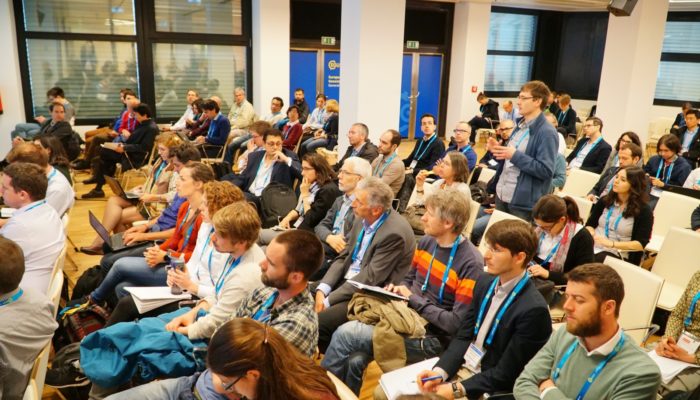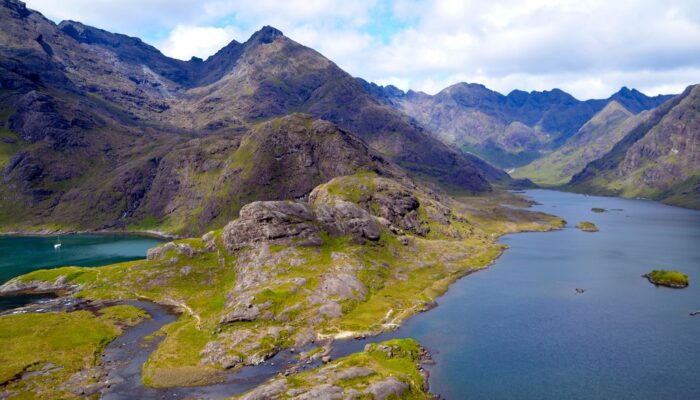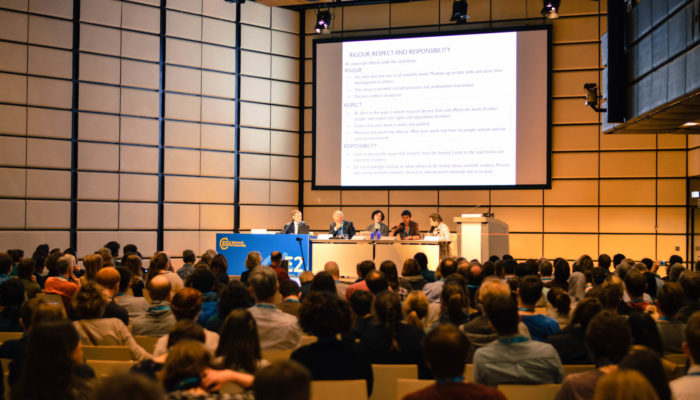On July 17 2019, the EU Commission’s Joint Research Centre (JRC) published a report highlighting how thinking is challenged by today’s information environment and the role of evidence-informed policymaking in a well-functioning democracy. Titled Understanding our political nature, the report was produced with the assistance of 60 international experts in the humanities, behavioural and socia ...[Read More]
Organise a short course at EGU 2020: follow this simple guide!

When it comes to supercharging your scientific skills, broadening your base science communication, or picking up tips on how to boost your career, short courses can be one of the highlights of the General Assembly programme. But, did you know that any EGU member planning to go to the General Assembly (you!) can propose a short course? You’ve got until 5 September 2019 to complete your proposal. Th ...[Read More]
Imaggeo on Mondays: Loch Coruisk – home of the wild Kelpie

On the south-western coast of the Isle of Skye, Scotland, lies Loch Coruisk, supposedly home of a water horse. At the southern end of this freshwater Loch, the Scavaig River discharges into a sea Loch, Loch na Cuilce. Loch Coruisk snuggles close to the center of the Cuillin Hills complex, younger than both the northern and southern formations of the Isle. At present, the neighbouring hills are dom ...[Read More]
Help shape the conference programme: Union Symposia and Great Debates at the 2020 General Assembly
Do you enjoy the EGU’s annual General Assembly but wish you could play a more active role in shaping the programme? This year, why not propose a Union Symposia or Great Debate? Each year at the General Assembly, the conference features a limited number of Union Symposia (US) and Great Debates (GDB), which can be proposed by anyone in the scientific community. These high-profile, union-wide events ...[Read More]


